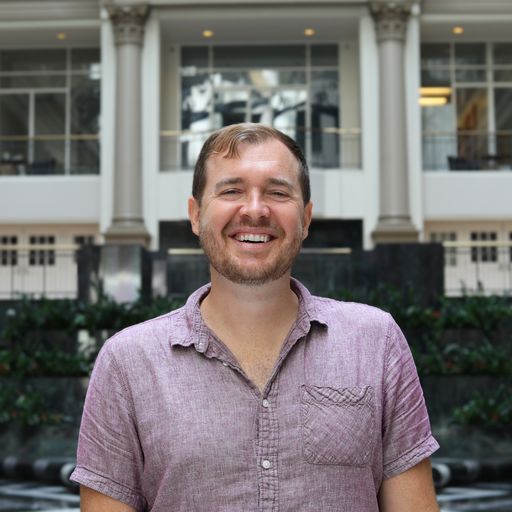
Doris Blumberg Polsky used to be a computer.
When: Thursday, Sept. 23, 2010, doors 6:30, film 7:00
Where: Franklin Institute. MAP
Tickets: FREE, but you MUST RSVP. Call for reservations: 215-448-1254
What: More Info here
She was 18 years old and graduating with her twin sister Shirley from Girls’ High in May 1942. They were both bright and studious and looking for a next step, so naturally their principal suggested they join a secret ballistics research lab then forming at the University of Pennsylvania.
Called ‘human computers,’ the hundreds of women across the country who were tasked with complex ballistics mathematics — at ages as early as 18 — are part of another of the often forgotten stories of women affecting the World War II outcome for the United States. In this case, with math and science and technology in West Philadelphia.
The particularly celebrated group of women who were working at Penn — an effort that would lead to the famed development of the world’s first modern supercomputer — are also now the focus of a feature-length documentary from a Temple University professor.
“It’s a story of history and people and their stories that might be lost otherwise,” said director LeAnn Erickson.
After lecturing at Hive76 last month, tomorrow a FREE world premiere of Top Secret Rosies at the Franklin Institute kicks off a national film tour. Watch a preview below.
http://blip.tv/play/AYH%2Bsj0C
“It was always thought likely that the U.S. would have to get involved in the war, so were active with some planning, but, really, we were thrown so radically into the war, that our army had to mobilize quickly,” Erickson, 52, told Technically Philly. “Anywhere there were serious math and engineering programs, there was some kind of research or work happening with the army.
But in true Philadelphia fashion, what made Penn’s program so special was its location. Just 70 miles south was a military research facility and recruiting grounds in Aberdeen, MD. That facility had a differential analyzer, which was then the most advanced piece of computing technology, and the military had housed one of only a handful of other such devices at Penn’s Moore School of Electrical Engineering.
“This wasn’t a Penn program. This was a collaboration between Penn and the army,” Erickson said.
So, there weren’t many other places where dozens of factors could be integrated into complex ballistics tables to increase the accuracy of gunfire and other weapon use. While every spare man was mobilized abroad, these highly educated, math-orientated females were creating the charts that would dictate from what distance, at what speed and in what direction, say, a Howitzer should be fired from the soft sands of north Africa as opposed to firmer, trench warfare locations in the European theater.
“For a computer doing this by hand, with pencil and paper or perhaps with a desktop calculator, a single [tabulation] could take 40 hours, a full work week,” Erickson said.
In Rosies, Erickson tells the story of the women (and men) who were there, the work they did and how their research helped lead to the funding and development of the ENIAC, which, by most accounts, set into place the great digital revolution of the past half century.
[tech]VAnhFNJgNYY[/tech]
Erickson, a former high school art teacher who went back to graduate school to study film and got into documentary work in her late 20s, found this story “by accident.”
In 2003, the Glenside native who grew up in the Midwest was interviewing the Blumberg twins for another documentary, called Neighbor Ladies. In 2004, Erickson started research and found no one had done much extensive work on finding the stories of the educated, math-oriented women whose role with technology, science and ballistics made the U.S. military the force that it became.
“I have a long history of personal interest in women’s history and World War II and in finding their lost stories,” Erickson said. “That’s what this is.”
Before you go...
Please consider supporting Technical.ly to keep our independent journalism strong. Unlike most business-focused media outlets, we don’t have a paywall. Instead, we count on your personal and organizational support.
3 ways to support our work:- Contribute to the Journalism Fund. Charitable giving ensures our information remains free and accessible for residents to discover workforce programs and entrepreneurship pathways. This includes philanthropic grants and individual tax-deductible donations from readers like you.
- Use our Preferred Partners. Our directory of vetted providers offers high-quality recommendations for services our readers need, and each referral supports our journalism.
- Use our services. If you need entrepreneurs and tech leaders to buy your services, are seeking technologists to hire or want more professionals to know about your ecosystem, Technical.ly has the biggest and most engaged audience in the mid-Atlantic. We help companies tell their stories and answer big questions to meet and serve our community.
Join our growing Slack community
Join 5,000 tech professionals and entrepreneurs in our community Slack today!







